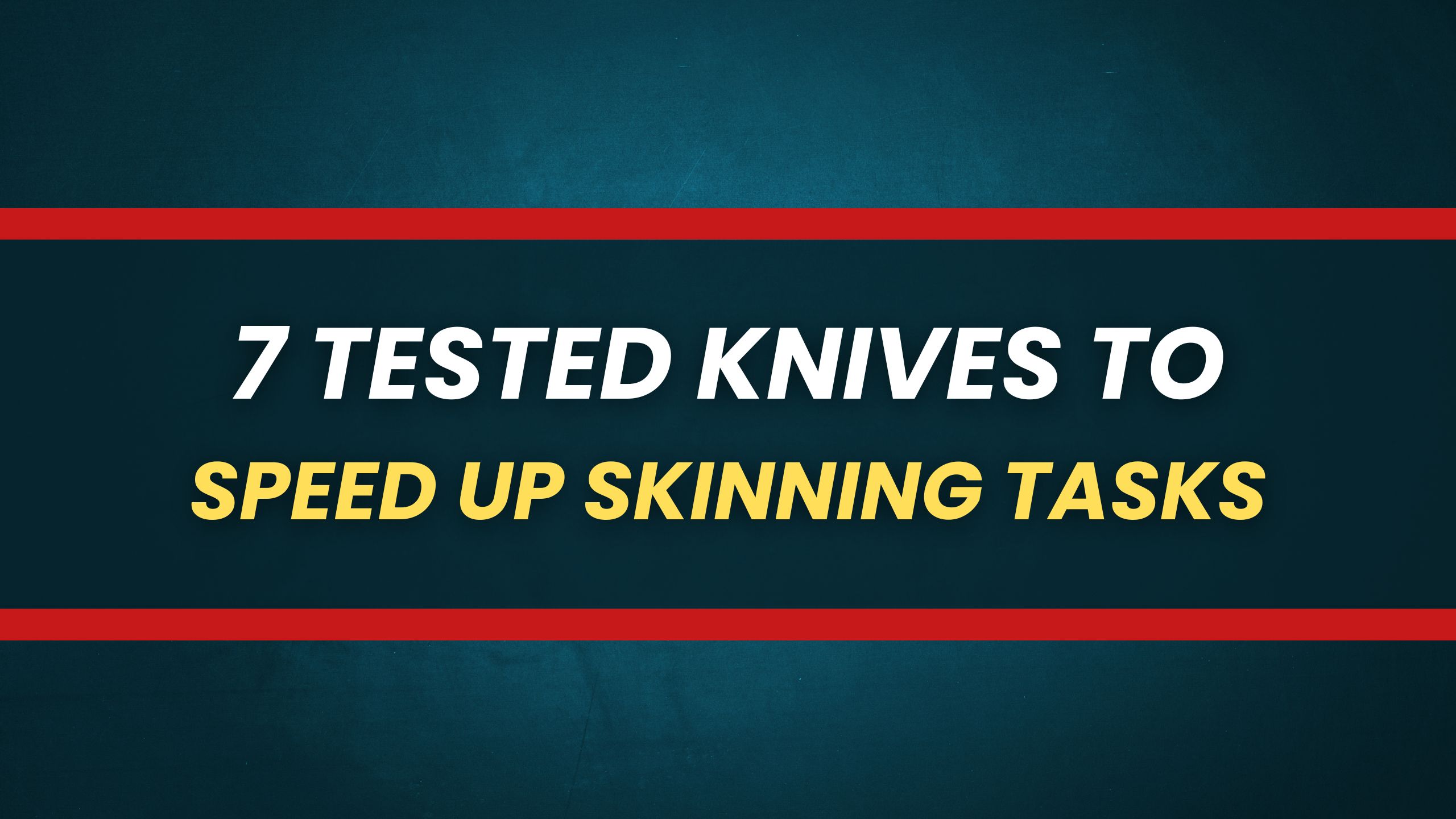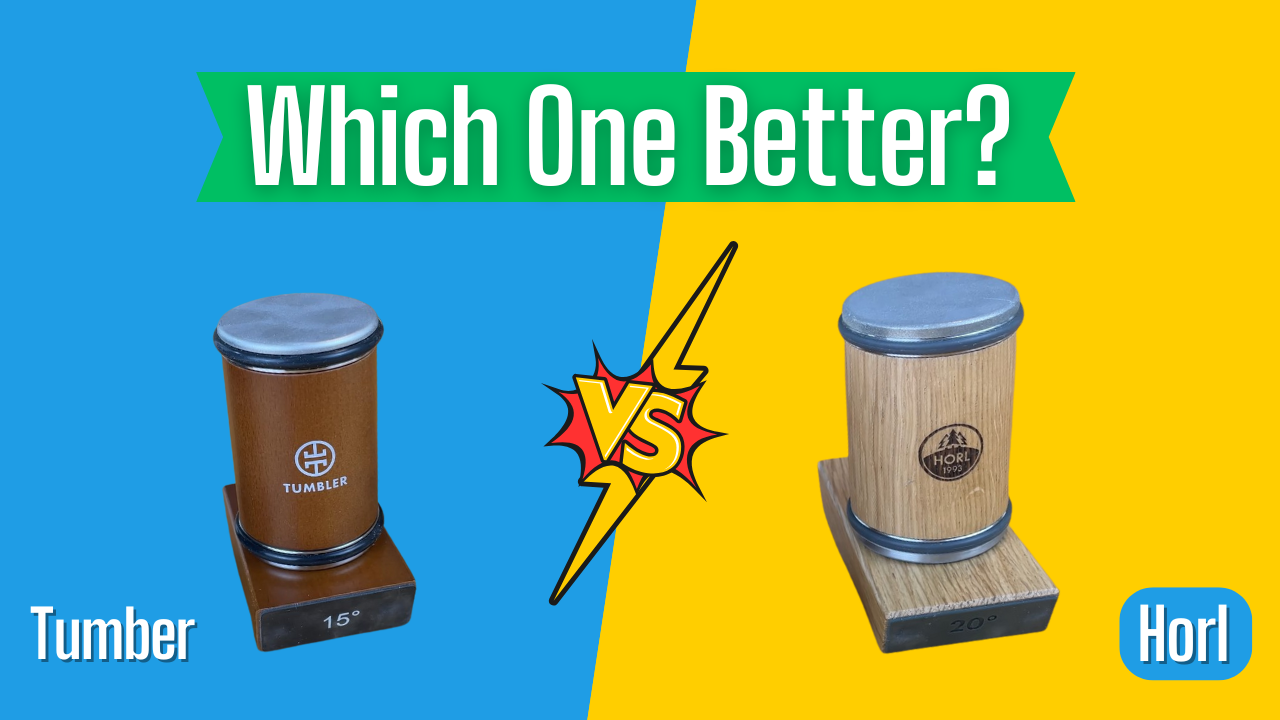A small skinning knife can be a game-changer when you’re out in the wild, turning a daunting skinning task into a smooth, efficient process. I’ve tested countless blades in all kinds of condition.Discover the best small skinning knife options to speed up skinning tasks. Explore top-tested knives for precision and efficiency. Learn more today! as, I know how crucial the right knife is for precision, comfort, and speed. In this guide, I’ll share my top seven picks—each carefully tested to help you find the perfect fit. Whether you’re tackling big game or prepping for your next outdoor adventure, these knives are built to deliver. Let’s dive in!
Key Considerations for the Professional Skinning knives
Choosing the right skinning knife can feel like picking the perfect pair of hiking boots—it needs to fit your needs just right. Over the years, I’ve learned that a great skinning knife isn’t just about looks or brand names. It’s about how well it performs when you’re knee-deep in the action.
First, think about blade size and shape. A small, curved blade works wonders for precision, especially when you’re dealing with delicate areas. Once, I used a knife with a long blade and ended up nicking the hide—it was a lesson learned the hard way. Now, I stick with smaller, drop-point or curved designs for better control.
Next, consider the handle comfort and grip. Imagine trying to work with a slippery handle in cold, wet weather—it’s a recipe for frustration (and maybe a few cuts). Look for materials like rubber or textured G10 that feel secure in your hand, even when things get messy. I’ve found that a good grip can make the whole process smoother and safer.
Lastly, blade material matters. High-carbon steel is razor-sharp and durable, but it needs extra care to prevent rust. Stainless steel is easier to maintain but might need more frequent sharpening. It’s all about what works best for your routine and how much maintenance you’re willing to do.
The right skinning knife isn’t just a tool—it’s your partner in the field. Choose wisely, and it’ll make every job feel less like work and more like a rewarding challenge.
Best Overall: Benchmade Hidden Canyon Hunter

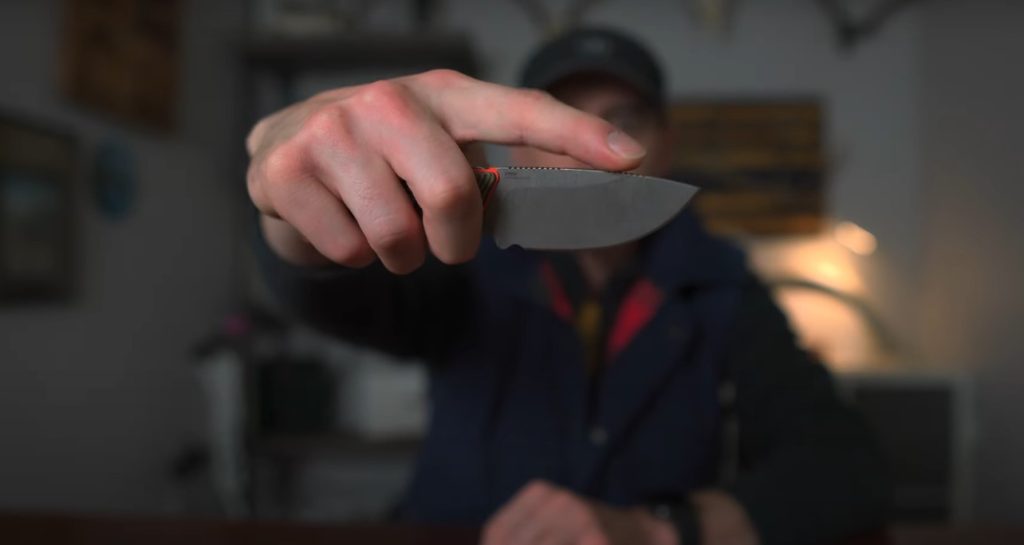
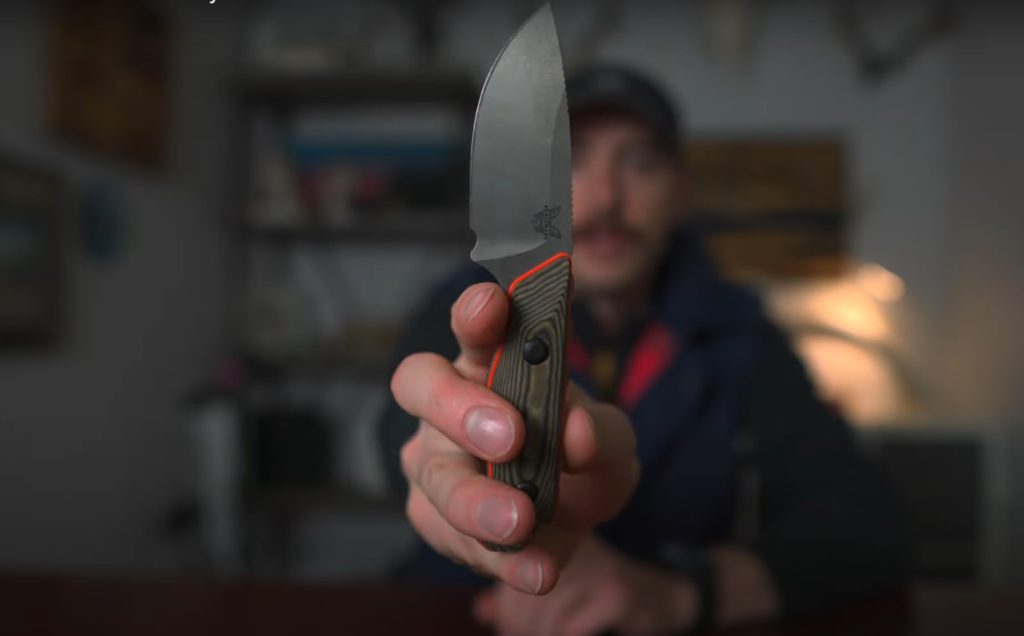
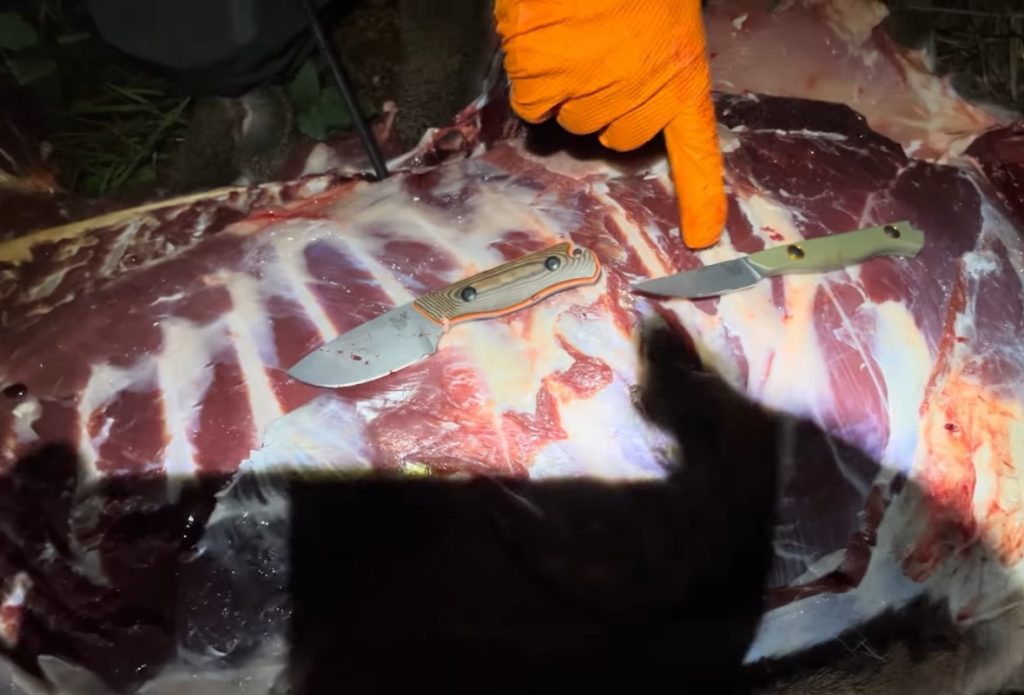
| Pros | Cons |
| 1. Razor-sharp blade with long-lasting edge retention. 2. Comfortable, non-slip handle for extended use. 3. Compact and highly maneuverable design. | 1. Higher price compared to other options. |
The Benchmade Hidden Canyon Hunter is the ultimate choice for hunters who demand top-tier performance. Crafted with CPM-S90V steel, this knife offers exceptional sharpness and edge retention, making it suitable for both big game and smaller tasks. The orange G10 handle is ergonomically designed, providing a secure grip even in wet or slippery conditions.
I used this knife on a recent hunting trip, and it stood out for its effortless precision. The compact size allowed me to work around joints and tight spots with ease, while the razor-sharp blade handled even the toughest cuts without losing its edge. It’s a premium tool that’s worth the investment if you’re serious about your hunting gear.
Best Budget: Ccanku C1140 Fixed Blade Knife
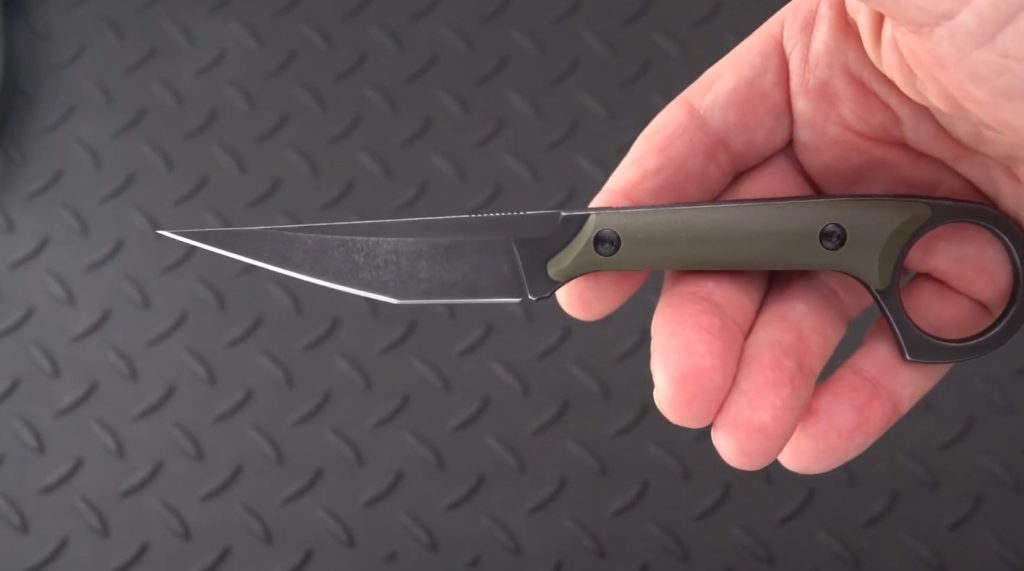
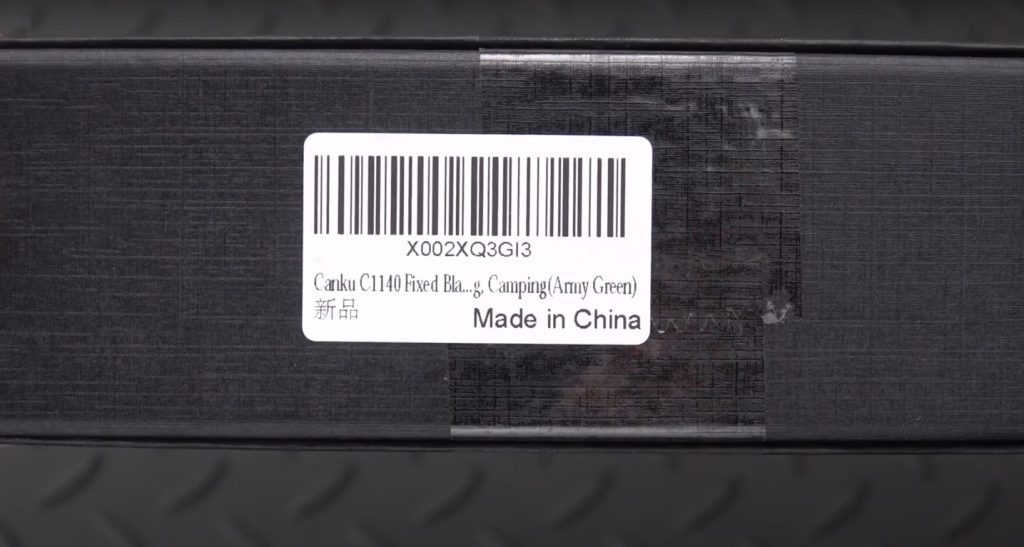
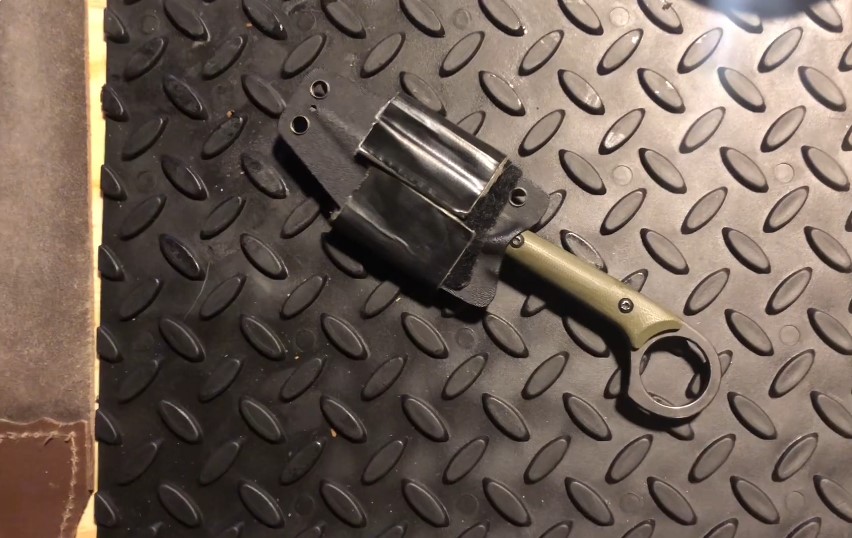
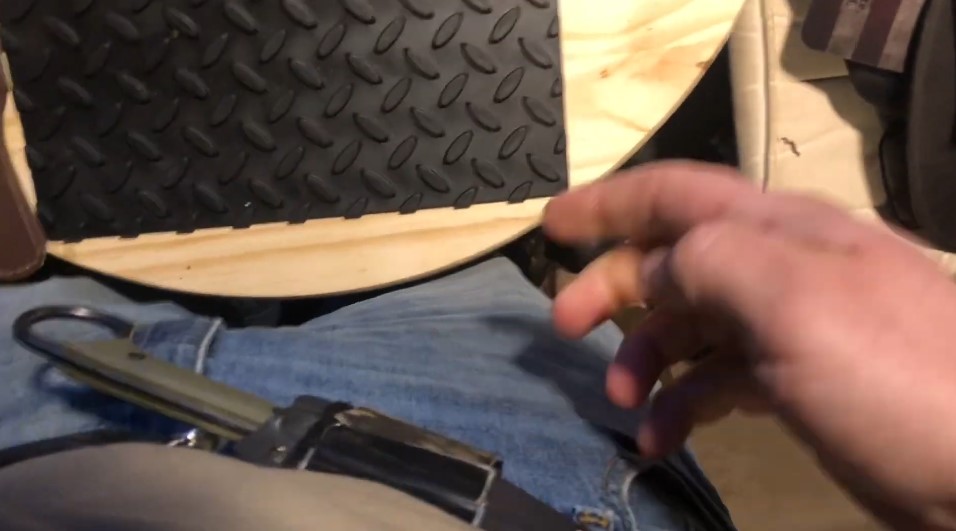
| Pros | Cons |
| 1. Affordable without sacrificing quality. 2. Lightweight and easy to handle. 3. Durable D2 steel blade. | 1. Needs regular maintenance to avoid rust. |
The Ccanku C1140 proves you don’t have to spend a fortune to get a reliable skinning knife. Its D2 steel blade is durable and holds an edge well, while the G10 handle provides a firm, secure grip. Despite its affordable price, this knife feels sturdy and dependable, making it an excellent choice for beginners or as a secondary option for seasoned hunters.
During testing, I found this knife to be a pleasant surprise. It performed admirably on small game, cutting cleanly without much effort. Its lightweight design made it easy to handle, and while it does require regular care to prevent rust, that’s a small tradeoff for its price and quality. If you’re looking for value, this knife delivers.
Best Disposable Blade: Gerber Vital Pocket Knife
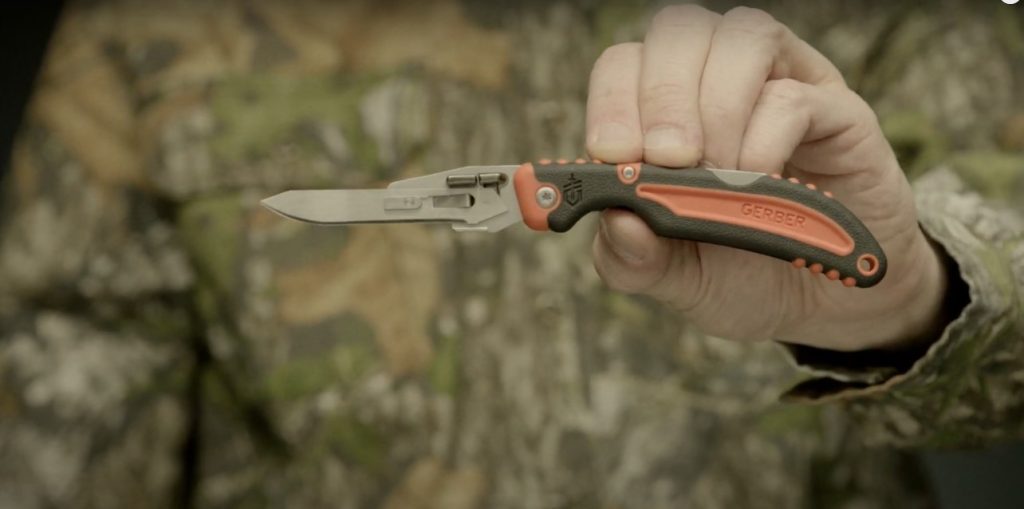
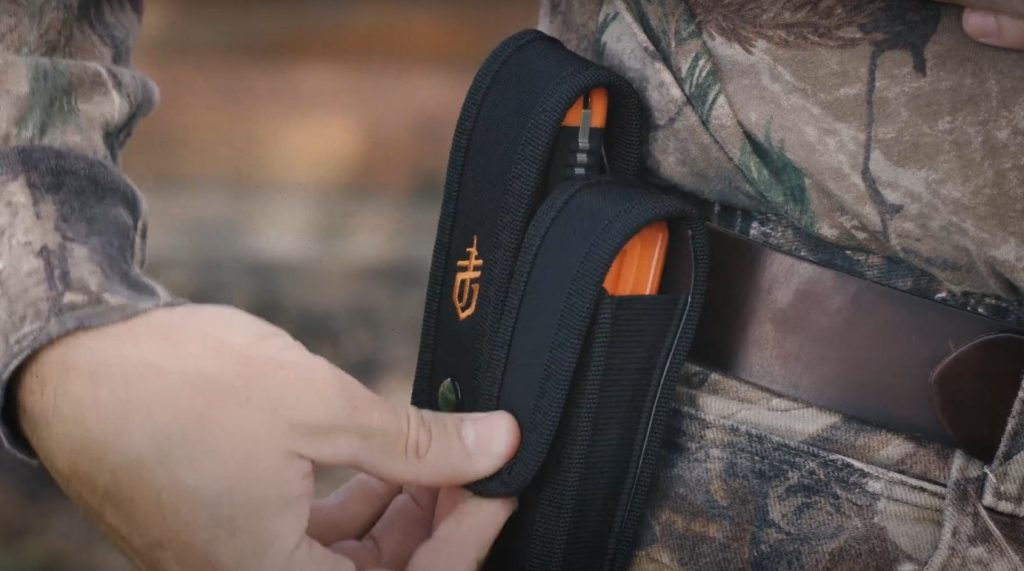
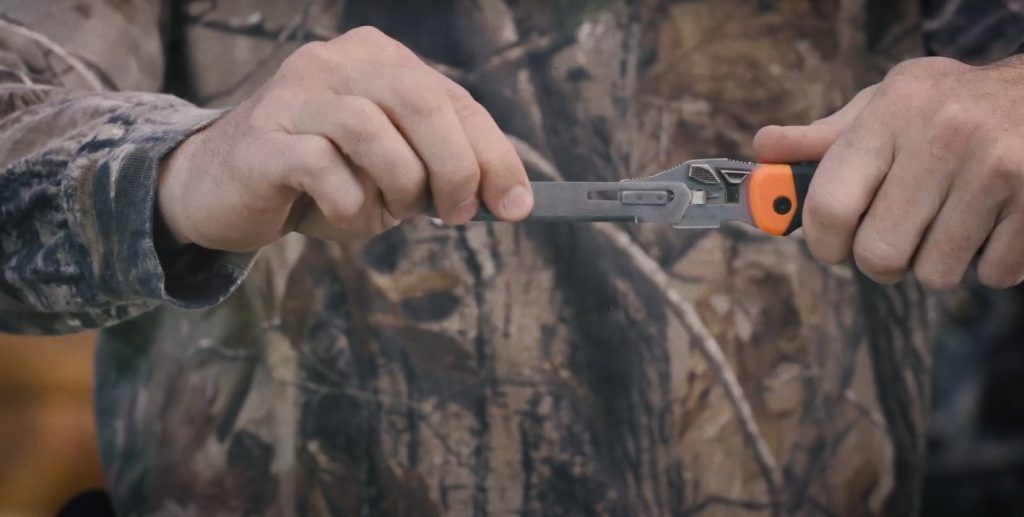
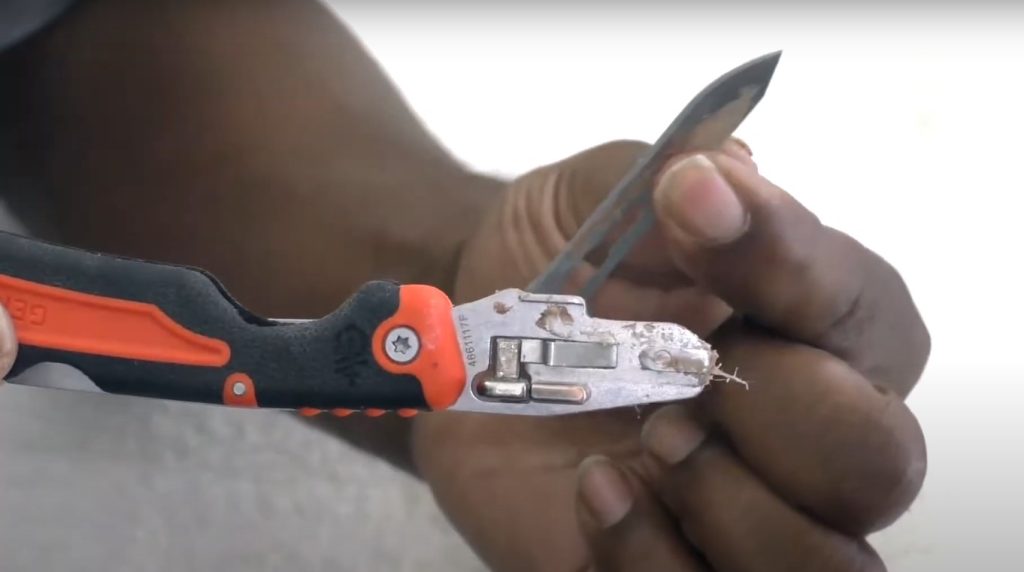
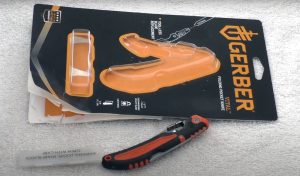
| Pros | Cons |
| 1. Quick and easy blade replacement system. 2. Lightweight and highly portable. | 1. Limited to lighter tasks; not for heavy-duty use. |
The Gerber Vital Pocket Knife is designed for convenience and ease of use, making it a favorite among hunters who value practicality. The tool-less blade replacement system ensures you always have a sharp edge ready, and the bright orange handle is easy to spot in your gear.
I tested this knife during a multi-day hunting trip and was impressed by how simple and quick it was to swap blades. It’s lightweight and compact, which makes it easy to carry in your pocket or pack. While it’s not built for heavy-duty tasks, it excels in precision cuts and handling lighter game. It’s perfect for hunters who want a hassle-free option.
Best Backcountry Option: ESEE Izula Fixed Blade Knife
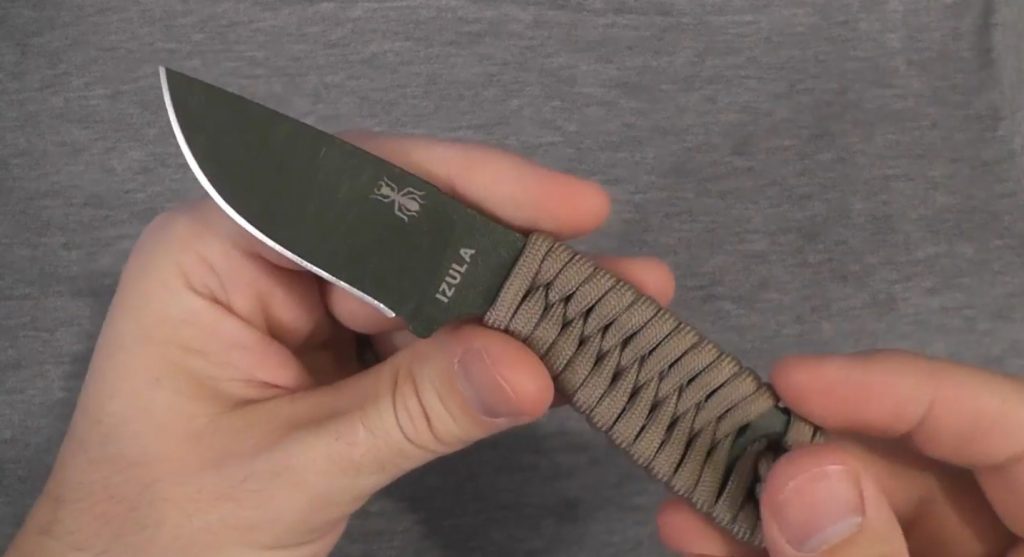
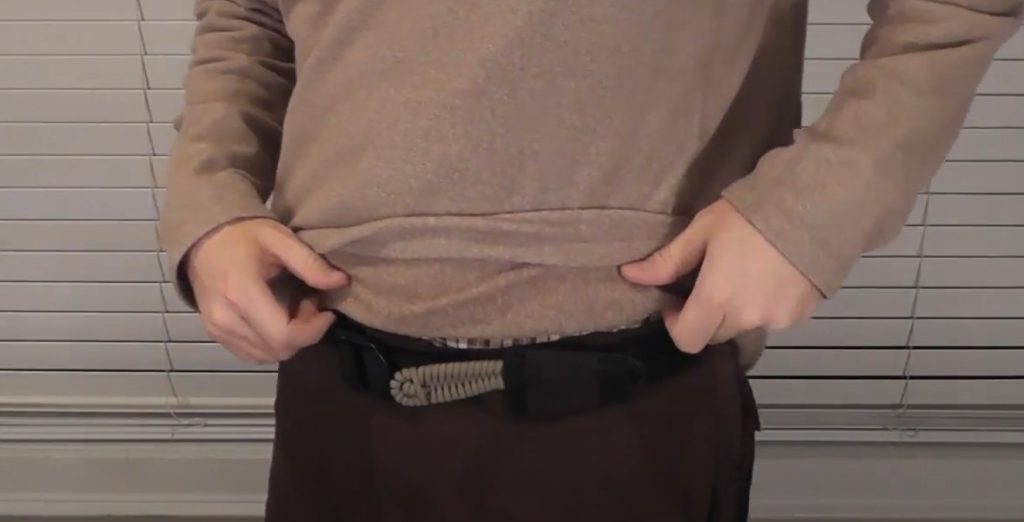
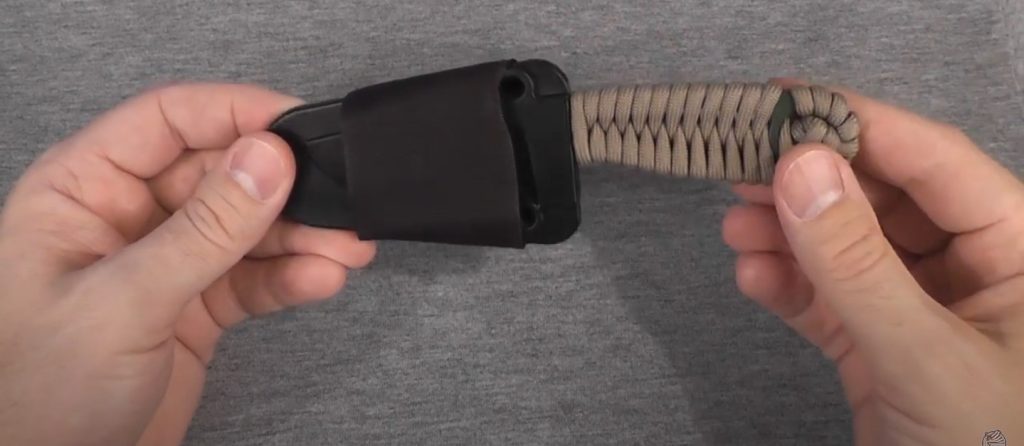
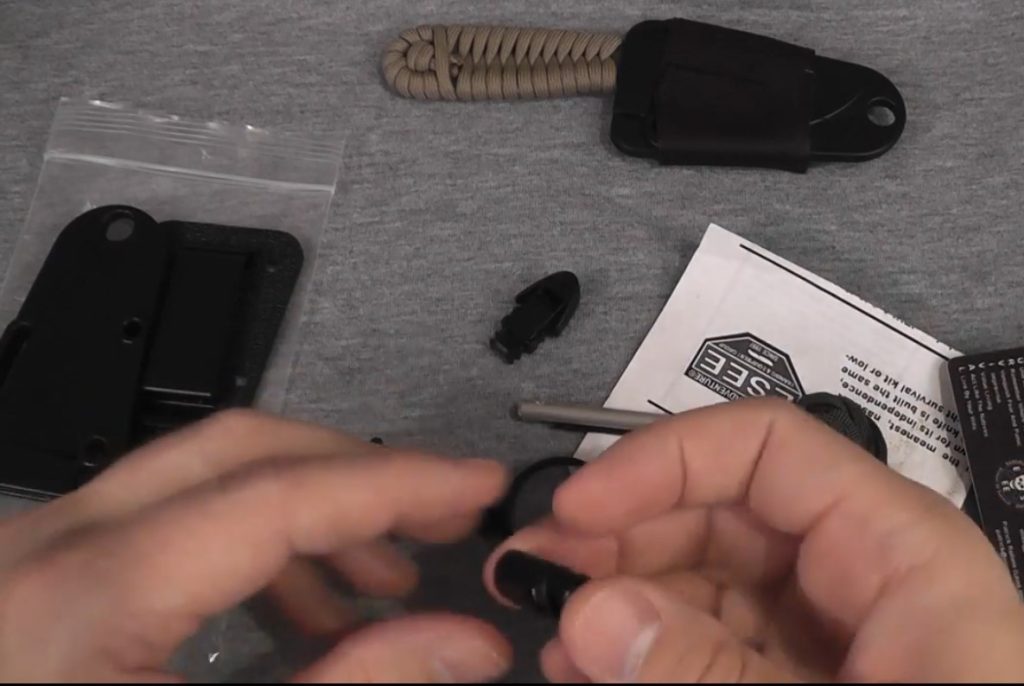
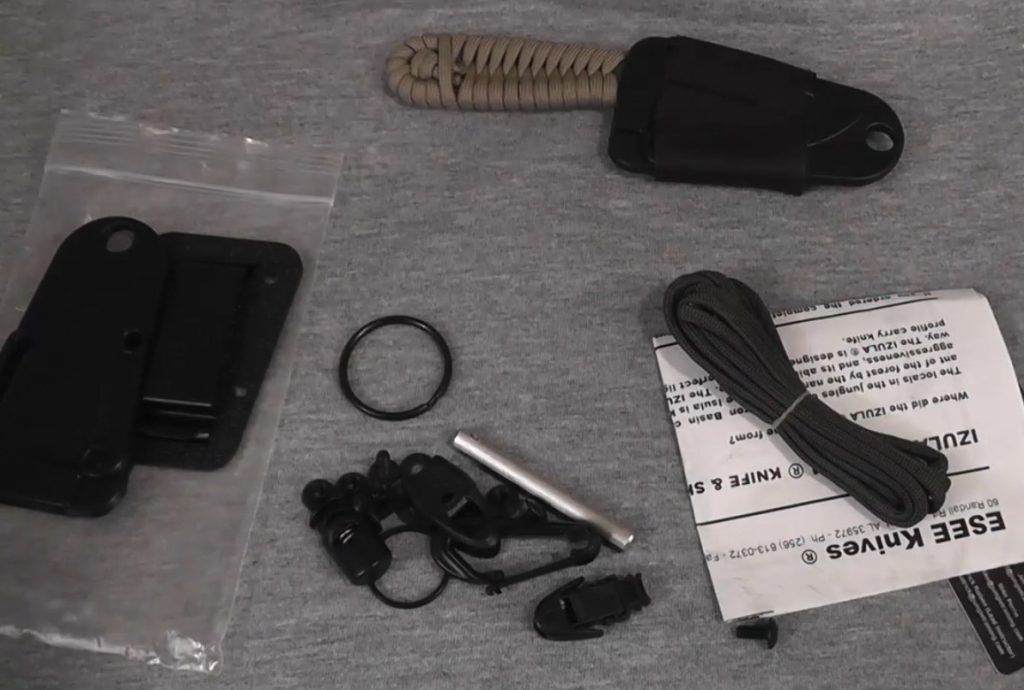
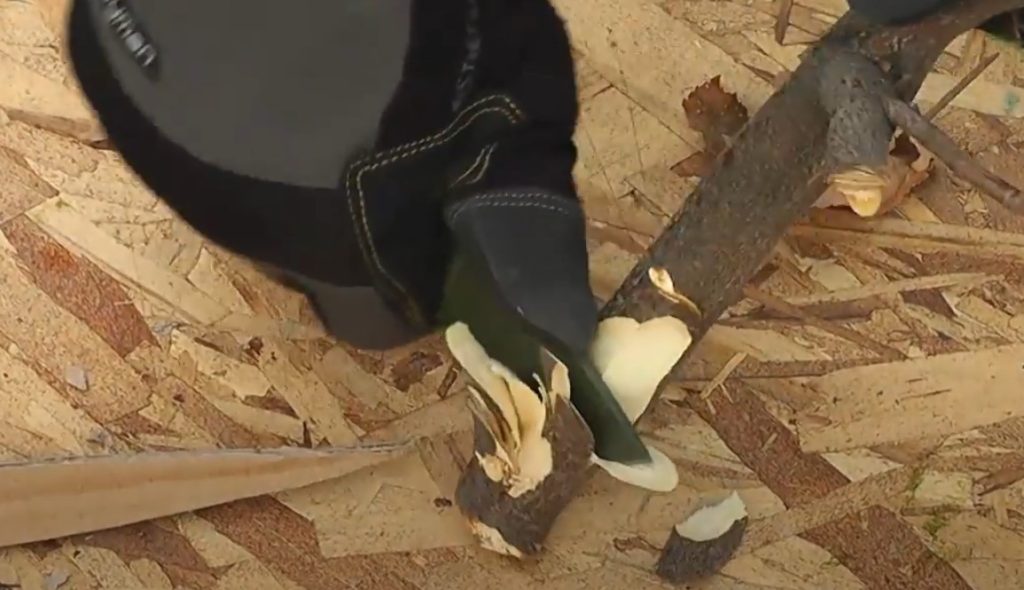
| Pros | Cons |
| 1. Compact and lightweight for easy portability. 2. Durable blade for demanding conditions. | 1. High-carbon steel requires consistent maintenance. |
The ESEE Izula is built for rugged environments, making it the go-to choice for backcountry hunters. Its compact, lightweight design is easy to carry, while the high-carbon steel blade is tough enough to handle challenging tasks.
I’ve taken this knife on several remote trips, and it’s never let me down. From skinning deer to basic survival tasks like cutting rope and preparing kindling, the Izula performed admirably. However, it does require regular oiling to prevent rust, especially in wet conditions. If you’re heading deep into the wilderness, this knife is a reliable companion.
Best Lightweight: SOG Instinct Boot Knife
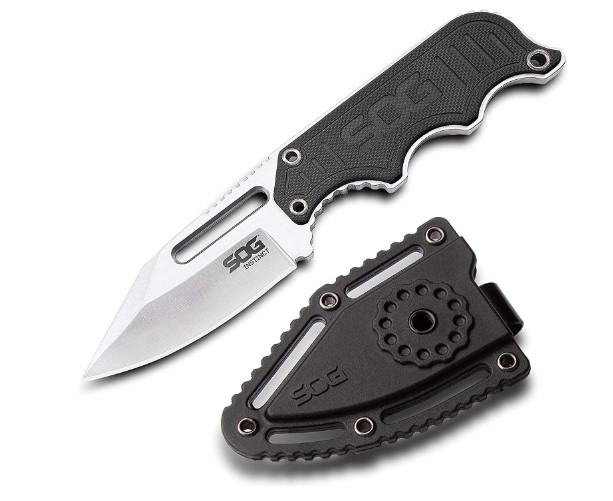
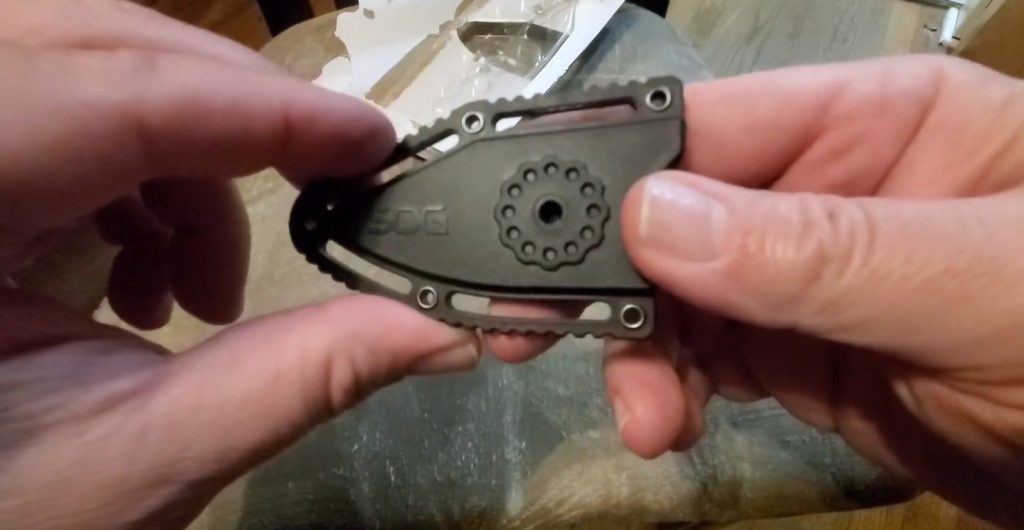
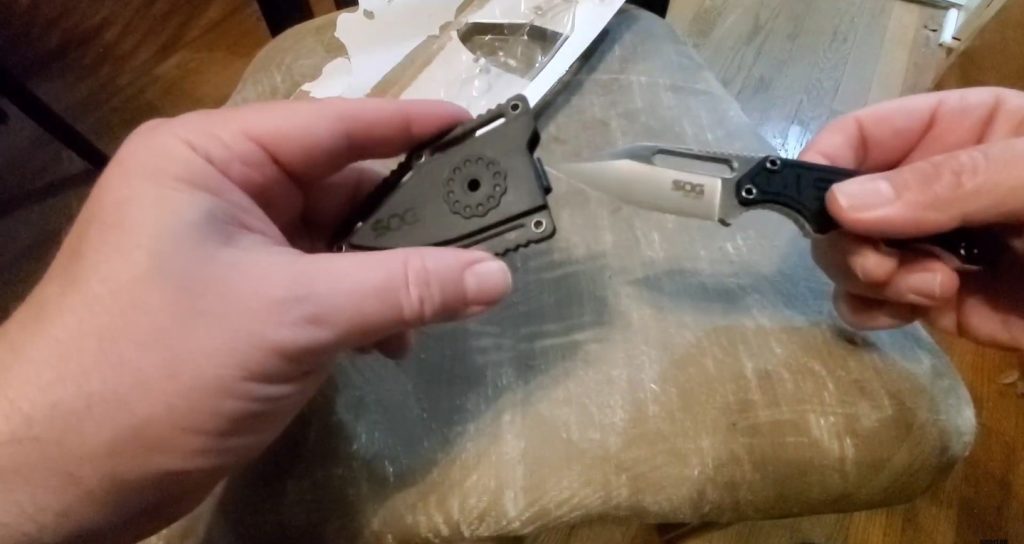
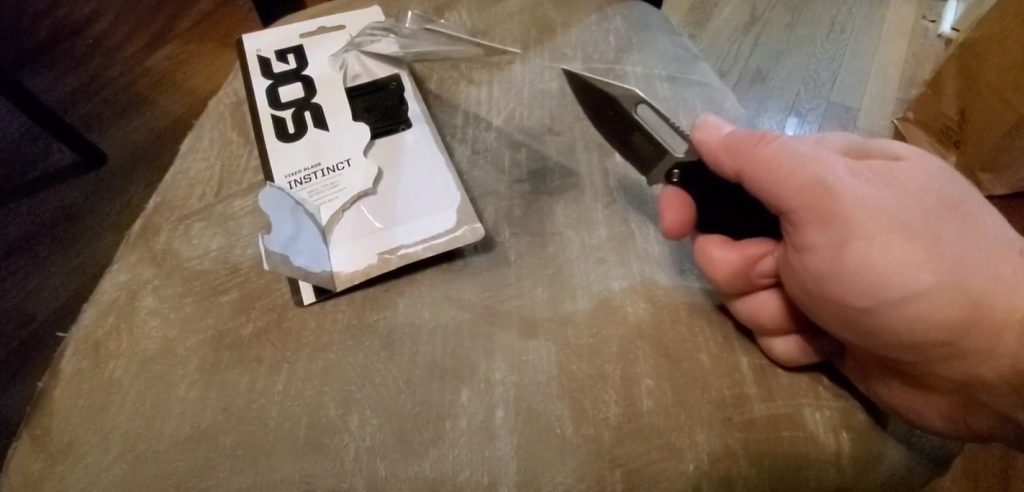
| Pros | Cons |
| 1. Extremely lightweight and portable. 2. Durable blade for precise cuts. | 1. Too small for handling larger tasks. |
The SOG Instinct is a minimalist’s dream. Weighing just 2.3 ounces, it’s incredibly light yet durable enough for small tasks. The full-tang blade ensures strength, while the compact design allows you to carry it on your belt, boot, or even as a neck knife.
During a hunting trip, I barely noticed this knife until I needed it. It handled delicate cuts with precision and felt comfortable to use for extended periods. While it’s not ideal for larger tasks, its portability and ease of access make it an excellent choice for quick jobs.
Best Traditional: Buck Knives 103 Skinner

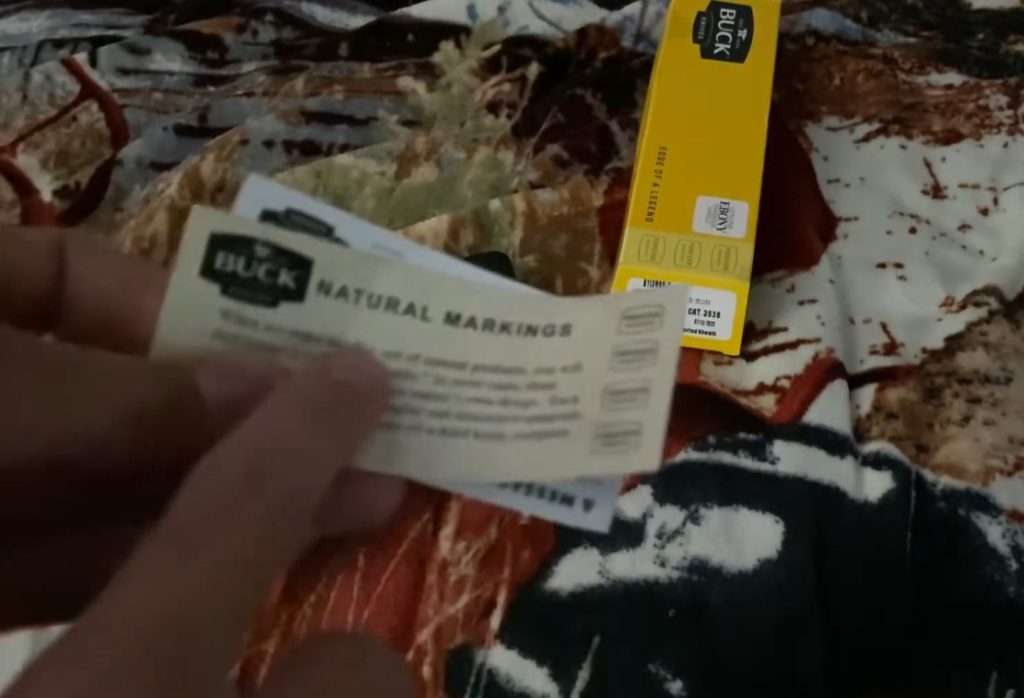
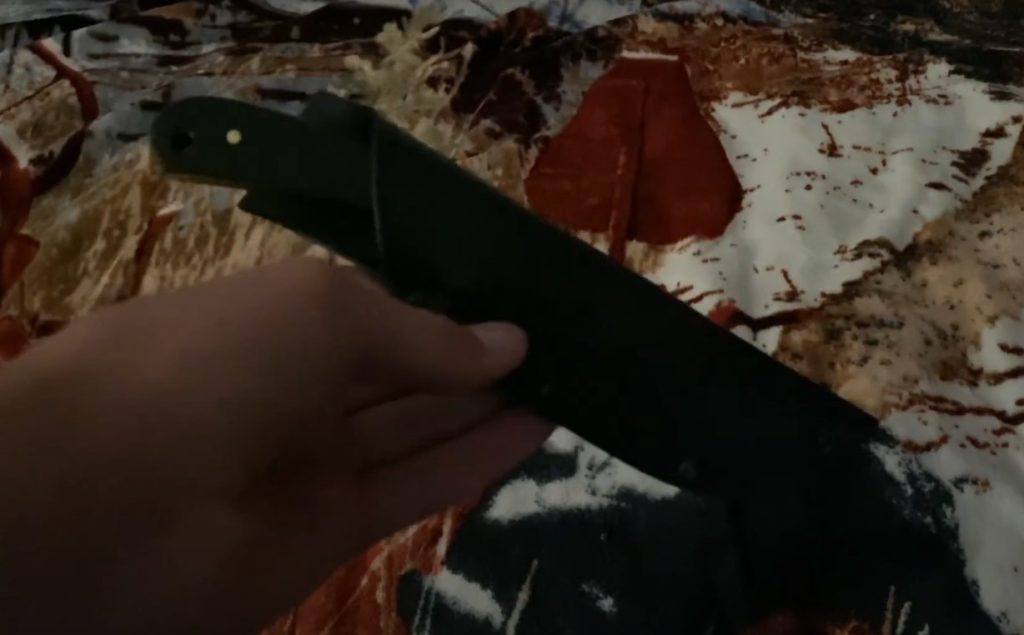

| Pros | Cons |
| 1. Classic design with proven reliability. 2. Comfortable handle for extended use. | 1. Heavier compared to newer designs. |
The Buck Knives 103 Skinner is a timeless classic that combines functionality with traditional craftsmanship. Its wide, curved blade is perfect for clean, efficient cuts, and the phenolic handle offers a comfortable grip for long sessions.
I’ve used this knife for years, and it’s a reliable workhorse. The wide blade makes skinning larger game a breeze, while its sturdy build ensures it stands up to repeated use. While slightly heavier than modern designs, its durability and performance more than make up for it.
Best Control: Kizer Cabox Fixed Blade Knife
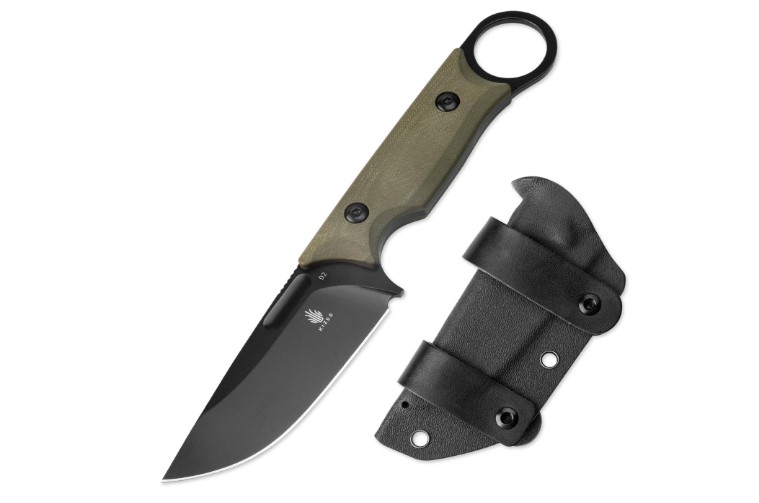
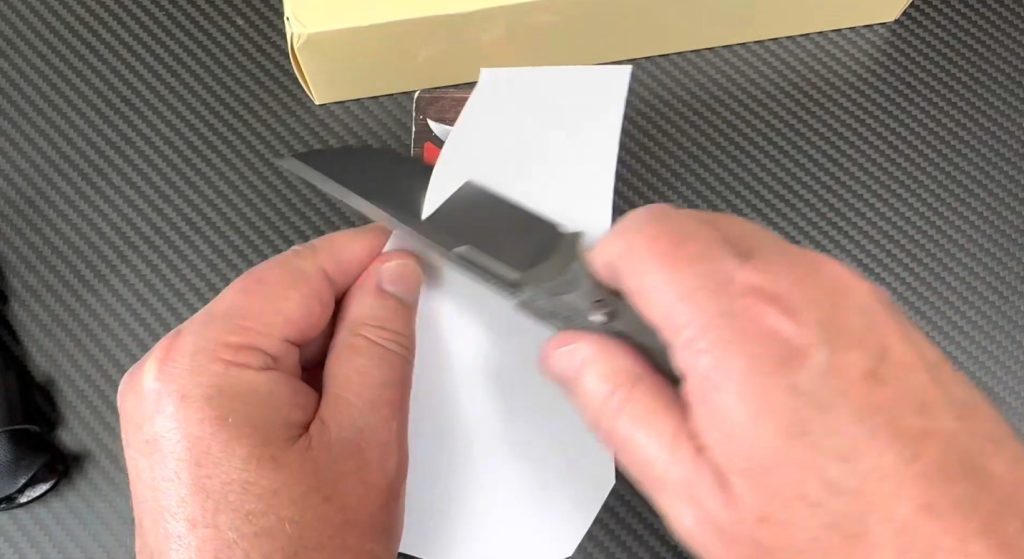
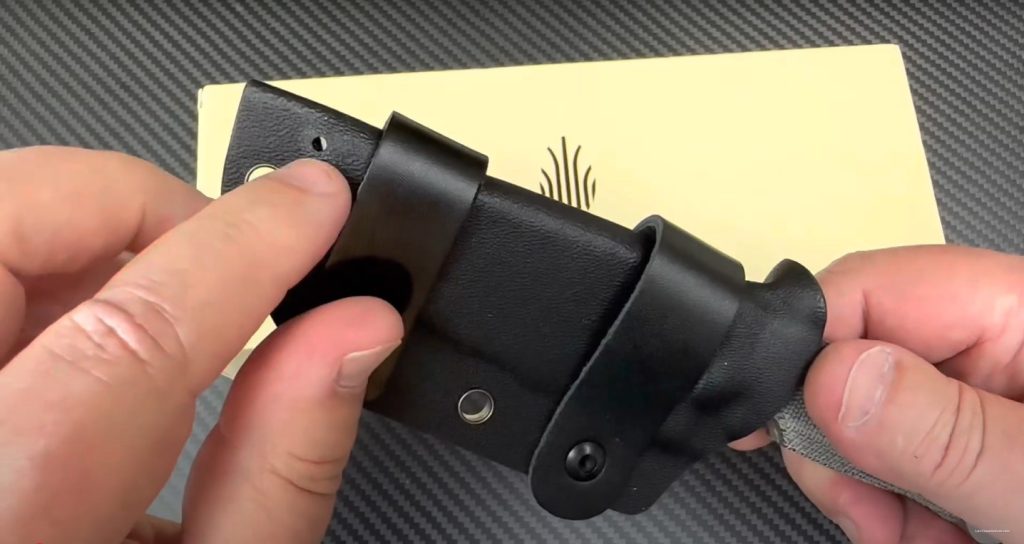
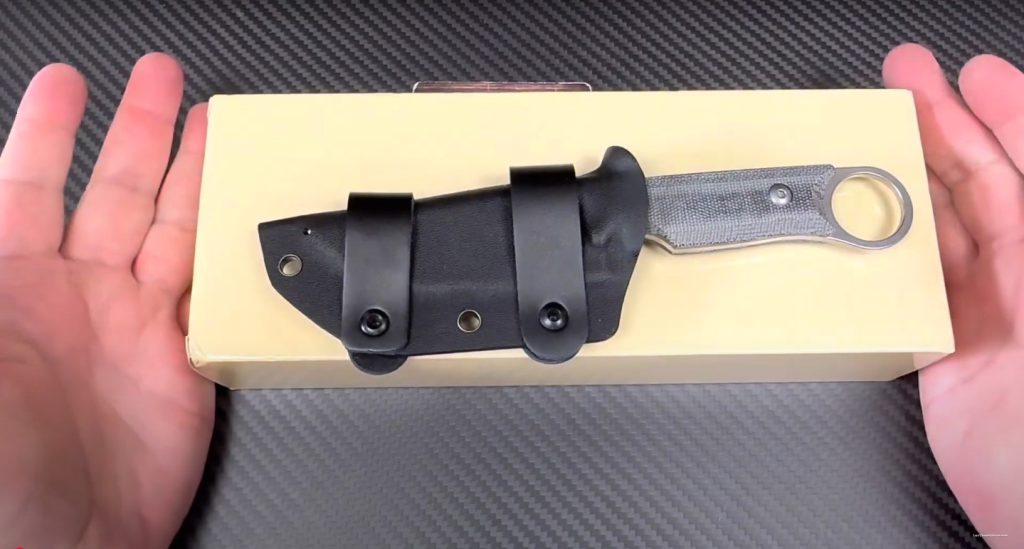
| Pros | Cons |
| 1. Superior control for detailed work. 2. Durable and sharp D2 steel blade. | 1. Slightly larger size may not suit all users. |
Precision is key when it comes to skinning, and the Kizer Cabox delivers. Its D2 steel blade provides excellent sharpness and edge retention, while the ergonomic G10 handle ensures a secure, comfortable grip. This knife excels in tasks that require control and attention to detail.
While testing this knife, I was impressed by how natural it felt in my hand. It made intricate cuts easy, and its durable materials stood up to repeated use. If precision is your priority, this knife won’t disappoint.
Recommendation
Each of these knives offers unique benefits to suit various needs. If you’re looking for premium quality, the Benchmade Hidden Canyon Hunter is a standout choice. On a budget? The Ccanku C1140 offers excellent value. For those who value convenience, the Gerber Vital Pocket Knife is a practical option. Whatever your preference, these knives are proven to make skinning tasks faster, cleaner, and more enjoyable.
How to Choose the Best Skinning Knife for Deer
Choosing the best skinning knife for deer can feel like picking the perfect tool for a delicate job. It’s not just about having a sharp blade—it’s about finding the right fit for your needs. If you’re new to this, don’t worry. I’ll guide you step by step so you can make the best choice without overthinking it.
Focus on Blade Shape and Size
A good skinning knife has a curved blade and a sharp point. The curve allows for smooth, sweeping cuts that follow the deer’s contours, while the sharp tip helps with precision work around joints and under the hide. For deer, a blade length of 3-4 inches is ideal—it’s small enough for control but big enough to get the job done efficiently.
Choose the Right Handle Material
The handle is just as important as the blade. Look for a handle that feels comfortable and secure in your hand. Materials like rubber, textured G10, or wood provide a good grip, even if your hands get wet. Trust me, a slippery handle can make the task harder—and more dangerous.
Understand Blade Materials
The material of the blade affects its performance and maintenance.
- High-Carbon Steel: Stays sharp for longer but needs regular oiling to prevent rust.
- Stainless Steel: Resists rust and is easier to maintain but may need more frequent sharpening.
If you’re not ready for extra maintenance, stainless steel might be the better choice for a beginner.
Look for a Secure Sheath
A durable sheath is essential for carrying and protecting your knife. Leather sheaths are classic and stylish, while synthetic options like Kydex are lightweight and water-resistant. Make sure the sheath holds the knife securely—you don’t want it slipping out when you least expect it!
Test the Balance and Feel
A skinning knife should feel like an extension of your hand. Hold it and test the weight—it shouldn’t feel too heavy or unbalanced. If it feels natural, you’ll have better control and less hand fatigue during long tasks.
Consider Ease of Maintenance
Even the best knives need care. After each use, wash and dry your knife thoroughly. If it’s high-carbon steel, apply a thin layer of oil to protect it from rust. Regular sharpening ensures your knife performs its best every time you use it.
Think About Your Specific Needs for small Skinning Knife
Are you skinning in the backcountry? Go for something lightweight and portable. Need precision for delicate cuts? A smaller blade with a fine tip will serve you well. Match the knife to your style and situation for the best results.
Why Trust Us?
I have spent years testing tools to see what works best. My goal is to find options that are easy to use, strong, and reliable. With my experience, you can feel confident that the advice here will help you make the right choice.
Read More 5 best knife sharpener for folding knives:Must You Have
